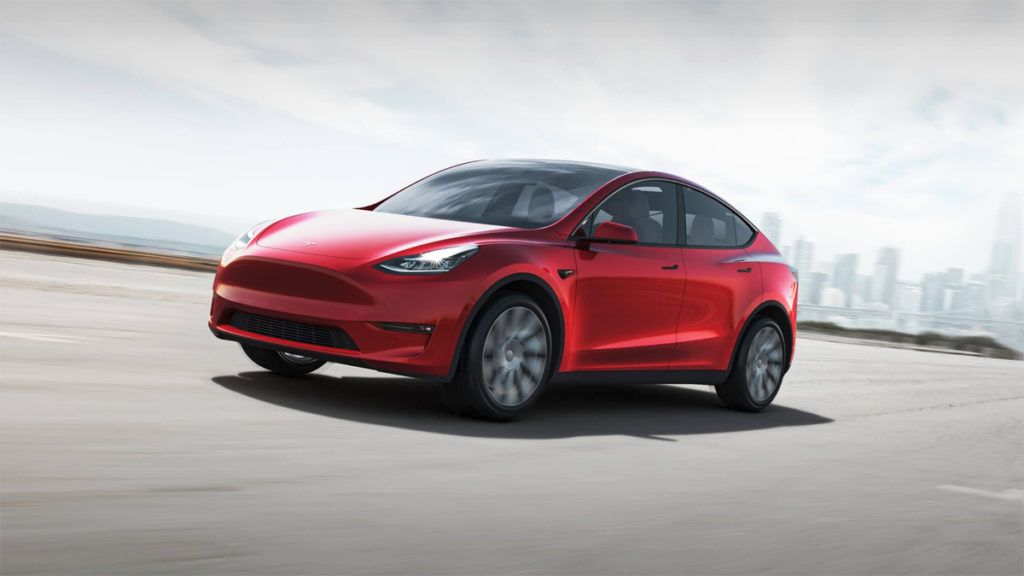Image: Tesla
Tesla has been prompted to recall thousands of its Model S, X, 3, and Y vehicles due to a feature in their Full Self-Driving Beta that allows them to drive past stop signs without first coming to a complete stop.
As detailed in a new safety recall report published by the NHTSA, the issue stems from the “rolling stop” feature that’s available in the Full Self-Driving Beta’s “assertive” driving profile, whereby Tesla vehicles can continue driving past four-way stop intersections at up to 5.6 mph if they don’t detect any road users or pedestrians around. According to the NHTSA’s report, there are over 53,000 Tesla vehicles out there that could take advantage of this seemingly dangerous feature that could “increase the risk of collision.”
“The subject population includes certain Model S, X, 3 and Y vehicles operating firmware release 2020.40.4.10 or newer that contain...
Continue reading...
